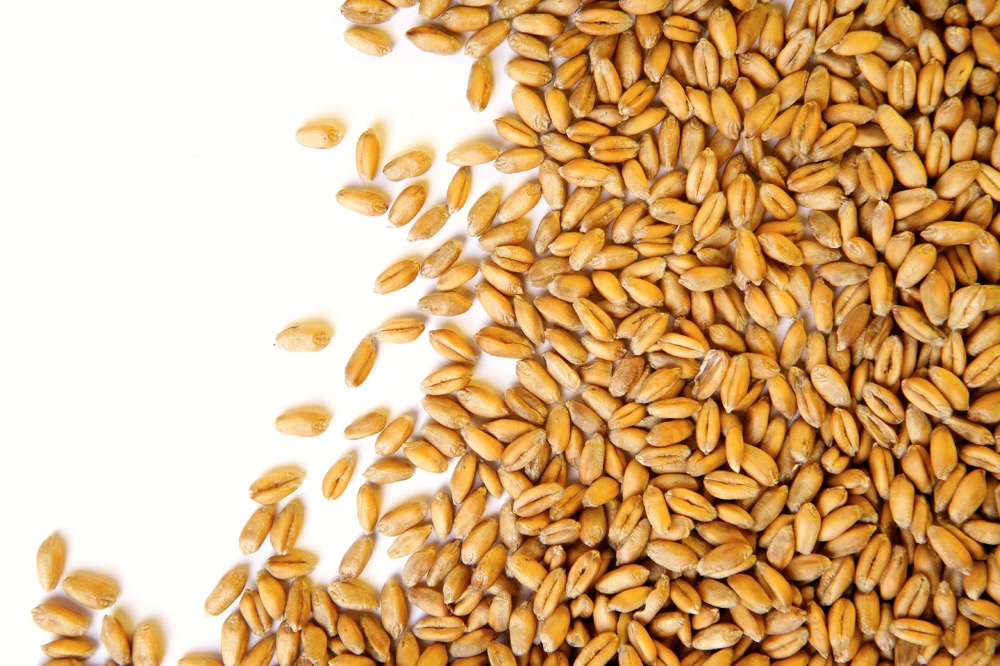Chicago | Reuters –– U.S. soybean futures rose on Wednesday for a fourth straight session, notching a six-month high on worries that recent heavy rains could damage crops in Argentina.
Wheat and corn closed lower on a round of profit-taking after multi-month highs.
Chicago Board of Trade March soybeans settled up 5-3/4 cents at $10.75 per bushel after reaching $10.80, the contract’s highest level since mid-July (all figures US$).
“Traders are just getting bulled up that we’re going to lose a good amount of beans in Argentina,” said Terry Reilly, senior commodity analyst with Futures International in Chicago.
Read Also

IGC raises 2025/26 world wheat crop forecast
The International Grains Council has raised its forecast for 2025/26 global wheat production with crop outlooks upgraded for Russia, the United States and Argentina.
“The hot and dry weather that is expected to set in this week is not favorable for plants after seeing localized flooding. It poses a risk of one extreme to the next,” Reilly said.
Soybeans are processed into soymeal, a high-protein animal feed ingredient, and soyoil, which is used in foods and in biodiesel fuel. As with soybeans, spot CBOT soymeal futures set a six-month top.
“The soybean meal market lead the charge today. With Argentina being the No. 1 world exporter of soybean meal, it’s all about the ongoing Argentine growing situation,” said commodity broker Tom Fritz of EFG Group in Chicago.
Heavy rain inundated key Argentinian soybean-growing areas over the weekend, raising doubts about the crop in a season which has already seen a reduction in soy planting as growers turn more toward corn.
Corn closed lower after a back-and-forth session. CBOT March corn settled down 1/2 cent at $3.65 per bushel after reaching $3.67-3/4, its highest since Oct. 20, a level that appeared to trigger profit-taking and farmer selling in the U.S. Midwest.
Wheat also eased, with the CBOT March contract ending down 2-1/2 cents at $4.31 per bushel.
A rebound in the dollar added pressure, making U.S. grains less attractive on the global marketplace.
The U.S. dollar index rose after hitting a nearly six-week low the previous day after U.S. president-elect Donald Trump complained that dollar strength was hurting trade relations with China.
— Reporting for Reuters by Julie Ingwersen and Renita D. Young; additional reporting for Reuters by Michael Hogan and Naveen Thukral.











